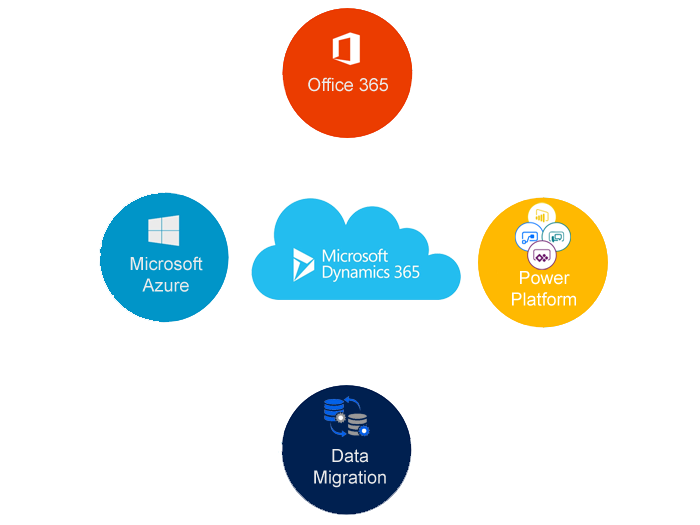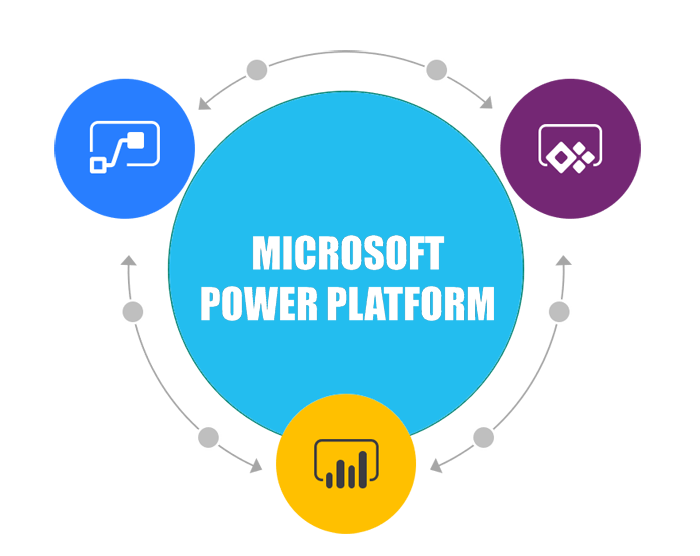Hi Everyone,
Today i am going to share my knowledge on how to integrate Dynamics 365 with WordPress website and capture the contact us form details as a lead in the Dynamics 365.
Let’s gets started.
Login to your WordPress Dashboard and click on the plugin and search for Dynamics 365 integrate with WordPress website…
Your search result will fetch the following result:
Choose the “Contact Form 7 Dynamics CRM.
Once the Plugins are activated, click on the “Installed Plugins” on the WordPress Dashboard then you will see installed plugins like below image:
Then you need to go the WordPress Dashboard and click on the “WPForms” on the left hand side and create a new form:
Click on the Add New button and click on the “Simple Contact Form”
Once you click on the Simple Contact Form you need to drag the fields on to the left hand side of the form.
You can choose the type of field as you like from the “Add Fields” Area like “Single Line of Text”, “Drop down” , “Multi Line of Text” etc..
For example if you choose “Single line of text” and drag it to the right hand side of the Contact form” then you can rename the field as you like according to your requirement.
As you can i have highlighted the fields area and update accordingly and then save the configuration by clicking the “Save” Button on the top right hand corner side.
Let’s move on to the Dashboard and click on the “CRM Entries”
Once you click on the “CRM Entries” then you will need to click on the “Settings” Tab and check the ” Simple Contact Form” as we have designed earlier..and click on the “Save Changes” Button on the same screen that you are currently viewing..
Go back to the Dashboard and click on the Dynamics CRM
You will need to click on the “Add New Account” Button then you will need to give the Dynamics 365 Credentials :
Account Name,
Dynamics URL : Your Organisation URL
Notify by Email on Errors: You can supply your email address for the error notification.
then click on the “Save Changes” Button on the same screen.
Then click on the “Dynamics Feeds” Tab and select the appropriate fields as shown on the screen below:
Choose the “Dynamics Account”, “Simple Contact Form”, “Choose the Dynamics Object” means the entity you want to send the captured data on the Website Contact us Form such as ACCOUNT, CONTACT, LEAD, CASE entities in Dynamics 365.
Then Map the fields of the Dynamics 365 like company name and email fields and click “Save Feed”..
You can also set some condition when to create record in Dynamics 365 and add any conditions etc.. as shown on the below image:
You can disable automatic export of the captured data into Dynamics 365, Set Opt-In condition, choose the primary key for duplicate validation with email etc.. Update entry and you can add note, finally click “save feed”..
Go to the “WPForms” on the Dashboard and copy the short code by opening the “Simple Contact Form”,
Then go to the Dashboard and click on the “All Pages” and choose the “contact us” page and insert the short code and update the page..
Finally go back to your website and fill in your contact us form and click “submit” button
I hope this helps.
For Microsoft Dynamics 365 Consultancy/Training/Support/Licensing
Contact us: https://www.gmrit-solutions.com



